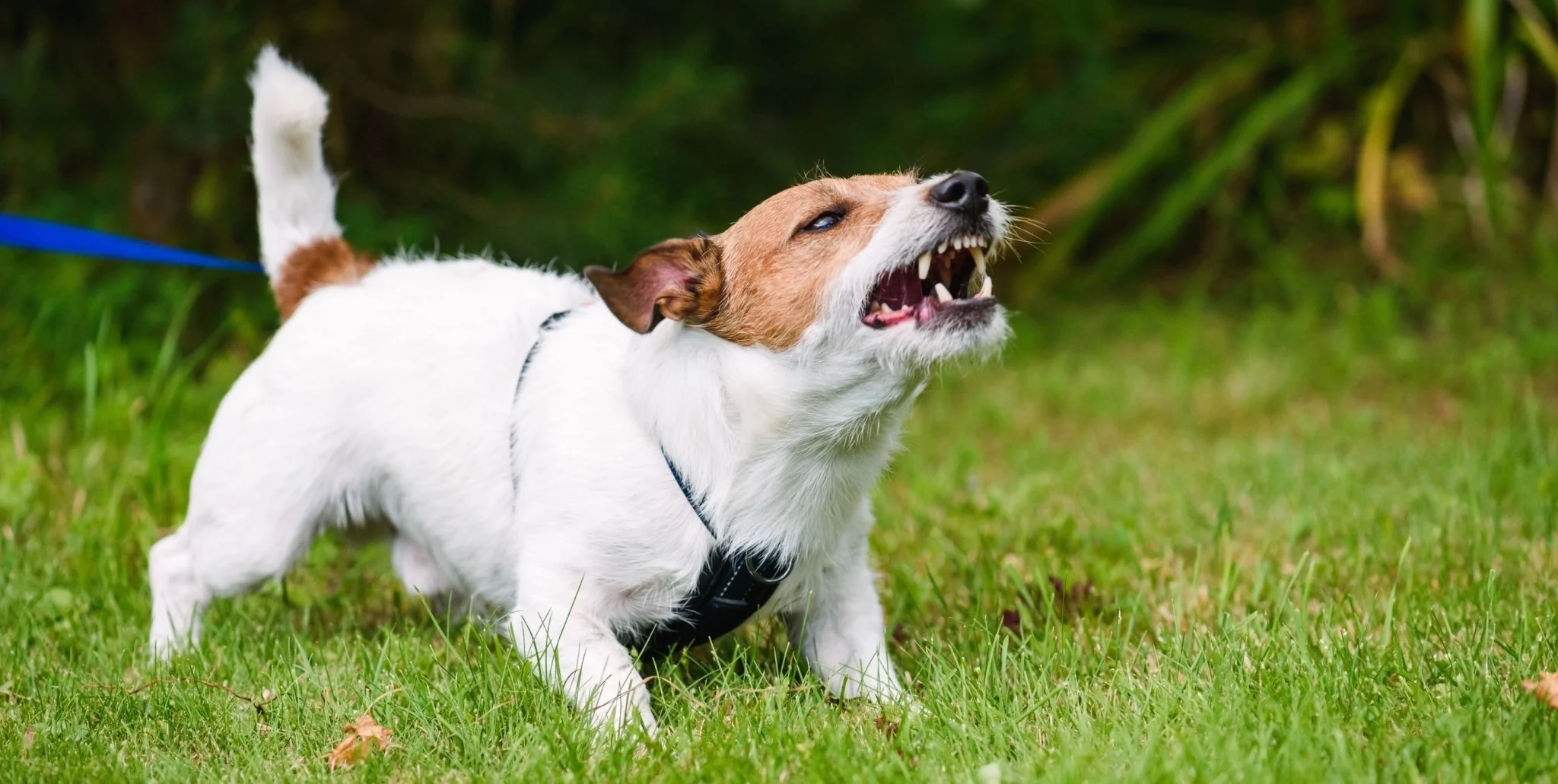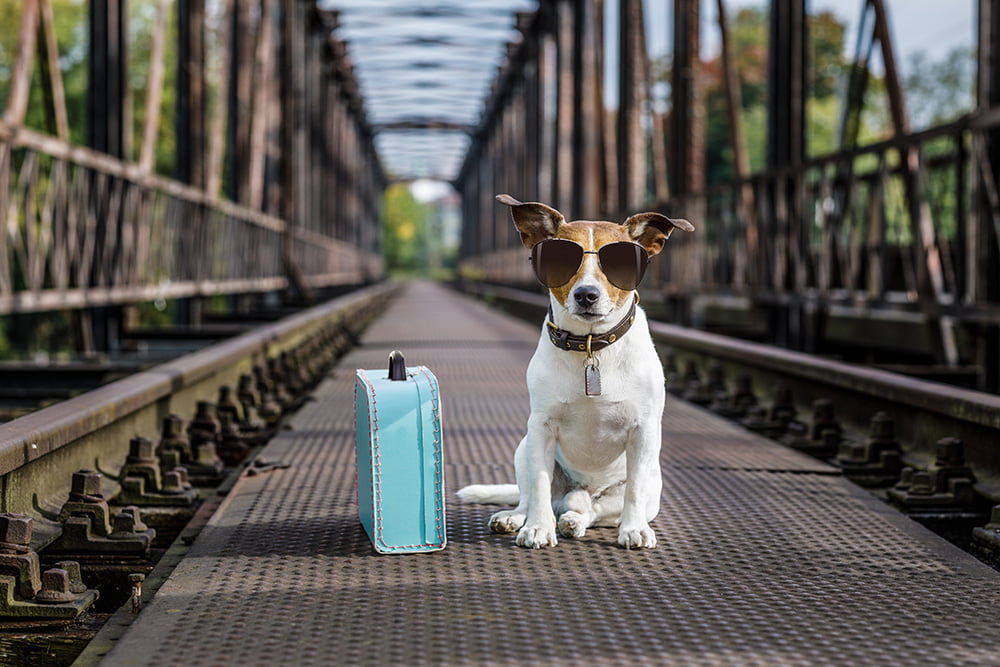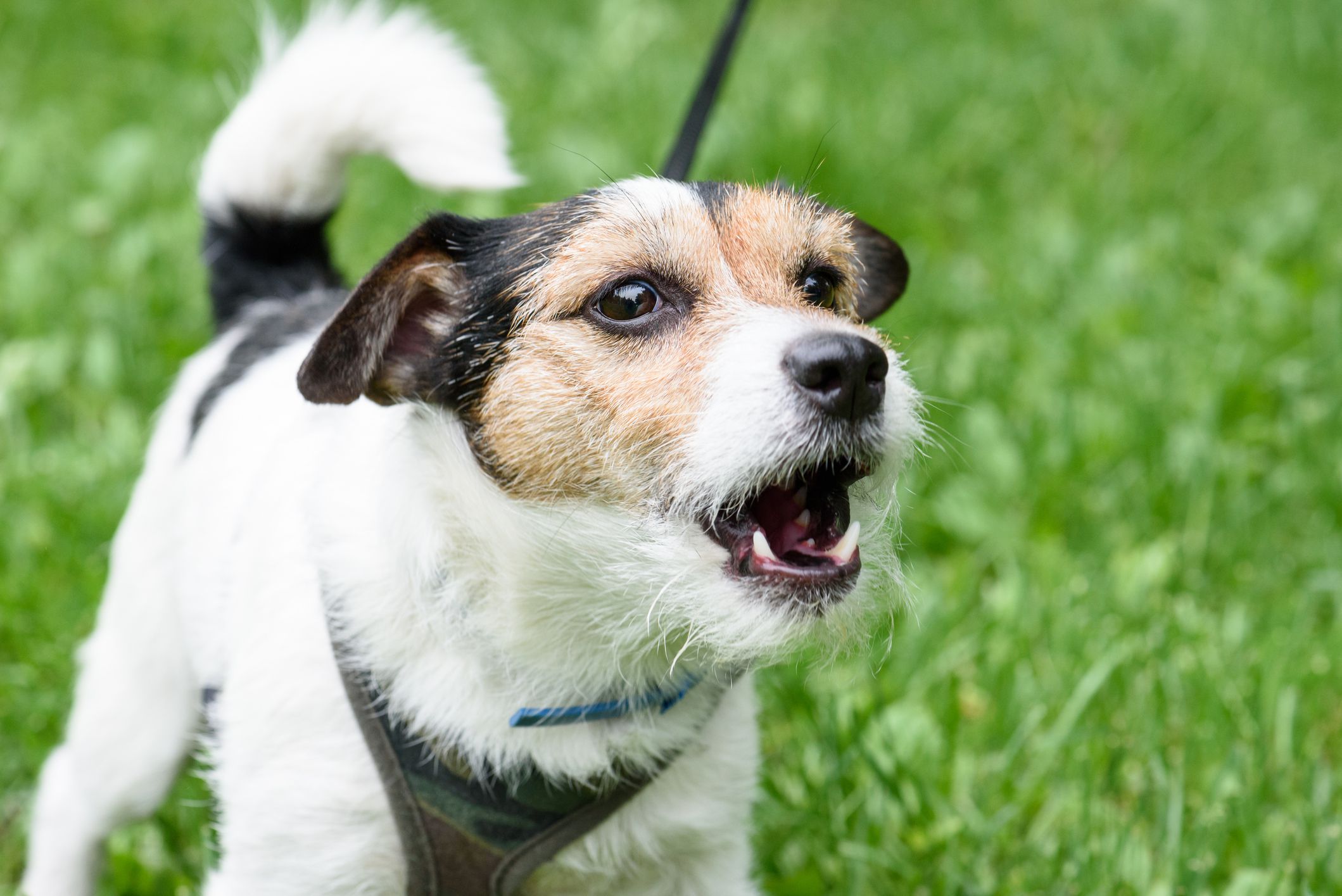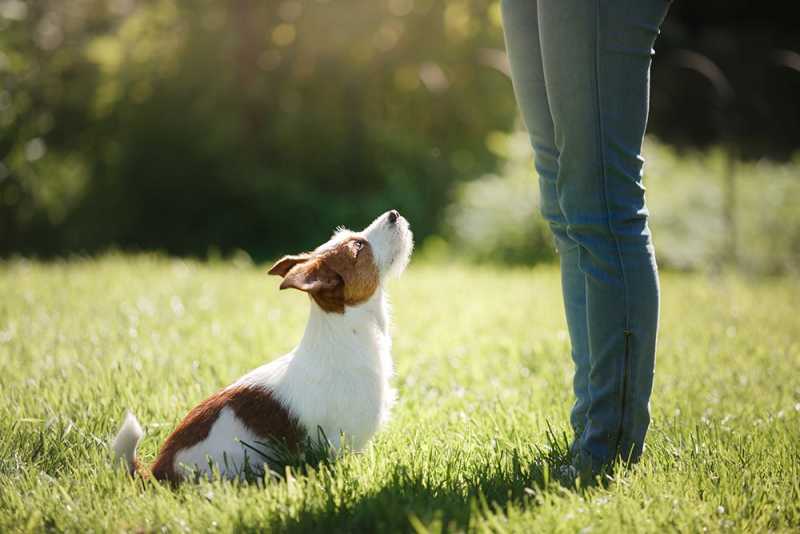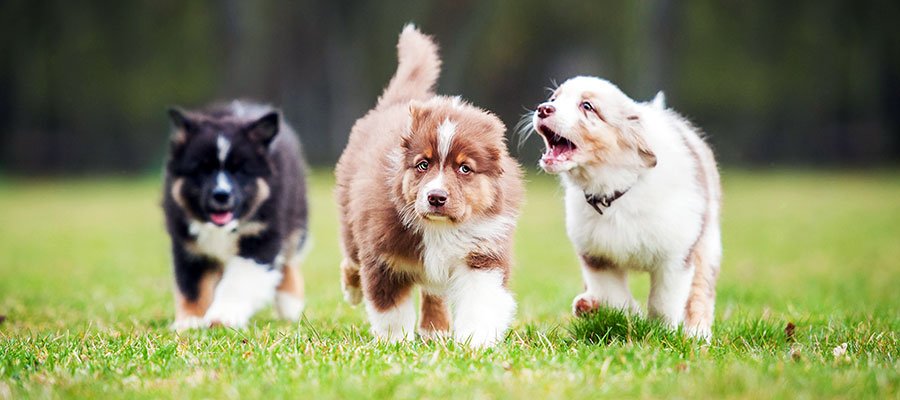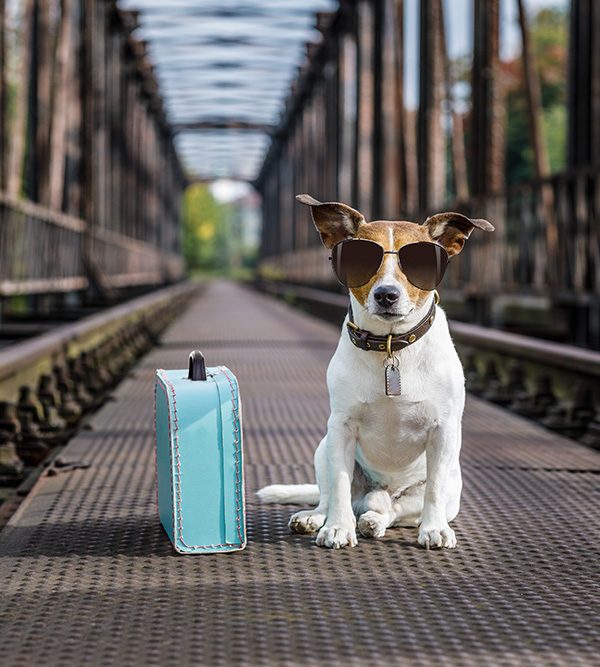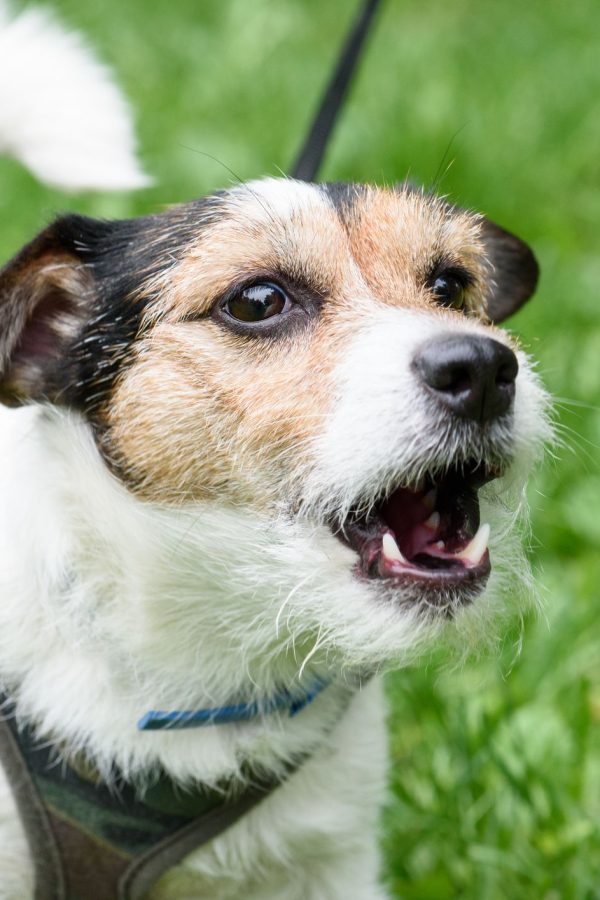Gain insights into the causes of dog aggression, learn prevention strategies, and discover effective training tips to manage and modify aggressive behavior.
Understanding Dog Aggression
Dog aggression is a common behavioral issue that many pet owners face. It can be a distressing and potentially dangerous problem if not properly addressed. Understanding the causes of dog aggression, implementing prevention strategies, and utilizing effective training techniques can help manage and reduce aggressive behavior in dogs. This article aims to provide insight into dog aggression and offer tips for prevention and training.
Types of Dog Aggression
There are many different types of dog aggression, but some of the most common include:
- Fear-based aggression: This type of aggression is often caused by a fear of something, such as other dogs, people, or loud noises.
- Resource guarding: This type of aggression occurs when a dog feels the need to protect its possessions, such as food, toys, or territory.
- Protective aggression: This type of aggression occurs when a dog feels the need to protect its owner or another member of its family.
- Predatory aggression: This type of aggression is caused by a dog’s natural instinct to hunt and kill.
Causes of Dog Aggression
There are many different factors that can contribute to dog aggression, including:
- Genetic Factors: Certain breeds may have a predisposition to aggressive behavior due to their genetic makeup. However, it’s important to note that breed does not determine a dog’s behavior, and individual temperament and upbringing play significant roles.
- Early experiences: Dogs that have had negative experiences, such as being abused or neglected, may be more likely to become aggressive.
- Lack of socialization: Dogs that have not been properly socialized from a young age may exhibit aggression towards unfamiliar people or animals.
- Pain: Dogs that are in pain may become aggressive as a way to protect themselves.
- Medical conditions: Some medical conditions, such as brain tumors or hormonal imbalances, can also lead to aggression.
- Fear and Anxiety: Dogs may become aggressive when they feel threatened or scared. Fearful dogs may display aggressive behavior as a way to protect themselves.
- Resource Guarding: Some dogs become aggressive when they feel their resources, such as food, toys, or territory, are being threatened or taken away.
Preventing Dog Aggression
The best way to prevent dog aggression is to start early. Here are some tips for preventing dog aggression:
- Socialize your dog from a young age. This will help your dog become comfortable around different people and animals.
- Teach your dog basic obedience commands. This will give you more control over your dog and help you prevent problem behaviors.
- Be consistent with your training. Dogs need to know what is expected of them in order to behave properly.
- Do not punish your dog for aggressive behavior. This will only make the problem worse.
- Seek professional help if you are having problems with your dog’s aggression. A qualified behaviorist can help you develop a training plan that is tailored to your dog’s individual needs.
Training Tips for Aggressive Dogs
If your dog is already showing signs of aggression, there are some things you can do to help train them to behave more appropriately. Here are some tips:
- Start by identifying the triggers for your dog’s aggression. Once you know what triggers your dog, you can start to work on desensitizing them to those triggers.
- Use positive reinforcement techniques to reward your dog for good behavior. This will help your dog learn that behaving in a non-aggressive way is more rewarding than behaving aggressively.
- Be patient and consistent with your training. It may take some time for your dog to learn new behaviors, but with patience and consistency, you can make progress.
- If you want to Train your dog, Here is a complete Leash training guide for your Dog: Tips for Leash Training Your Dog: Enjoying Stress-Free Walks Together
If you are having trouble training your dog on your own, you may want to seek professional help from a qualified behaviorist. A behaviorist can help you develop a training plan that is tailored to your dog’s individual needs.
Conclusion
Dog aggression is a serious problem, but it can be managed with proper training and behavior modification. By understanding the causes of dog aggression and knowing how to prevent it, you can help keep your dog and others safe.
Understanding and addressing dog aggression is essential for the well-being of both the dog and their human companions. By identifying the causes, implementing preventive measures, and using positive reinforcement training techniques, pet owners can effectively manage and reduce aggressive behavior in their dogs.
Remember, seeking professional help is always recommended when dealing with aggression issues. With dedication and proper training, aggressive behavior can be modified, allowing dogs to live happy and harmonious lives with their families.

